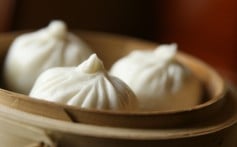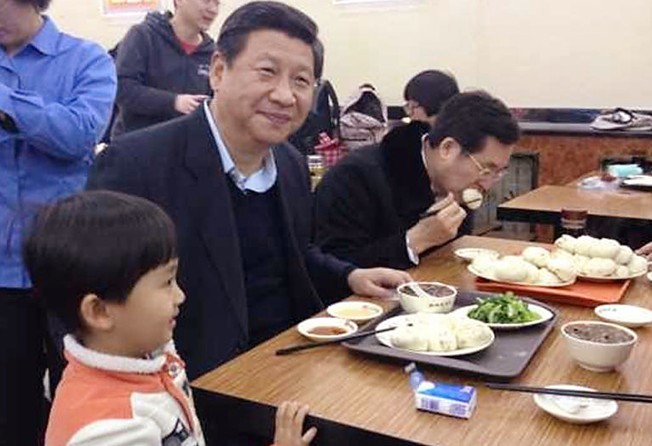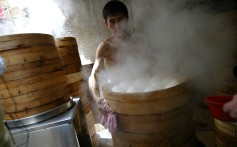
Steamed buns in the media spotlight after Xi’s Beijing restaurant visit
Steamed buns are hot in China after the president enjoyed them in a simple Beijing restaurant last month, with the People's Daily running a feature on the subject

After the recent visit of China’s President Xi Jinping to a steamed bun restaurant in Beijing, this ordinary food popular with Chinese households has become a hot topic even for the Communist Party’s official mouthpiece, the People’s Daily.
In its Holiday Life section on Saturday, the newspaper devoted nearly a full page to an introduction to the traditional dish and praised the buns as a “simple but delicious household food”.
“During holidays, family members can get together to make steamed buns themselves. They will not only taste the delicious food, but also enjoy [the] fun,” the article said.
Dumplings, however, rather than steamed buns, are the common treats most Chinese make during holidays like the Spring Festival, which will fall on January 31 this year.

The newspaper explained the history of steamed buns, described several famous brands and outlined the different production methods used across China. Its reporters interviewed a Beijing woman who detailed the cooking method usually employed in the capital.
According to the report in the People’s Daily, the history of steamed buns could be traced back to the Three Kingdoms period, around 1,800 years ago. A general from Shu Kingdom, Zhuge Liang, who was famous for his tactics and wisdom, was believed to have invented the delicacy during a military operation because he believed they helped his soldiers recover from a deadly disease. Steamed buns became popular from that time on and got their current Chinese name during the Song Dynasty, around 1,000 years ago.
The cooking method and shape of steamed buns varies across the country, according to the tastes of people in different regions.
In Shanghai, steamed buns are famous for being small and juicy, while in Shenyang they are known more for their giant size.
In Tianjin, the most famous buns are called “Goubuli”, which translates literally as “Dogs don’t pay attention”. The manufacturer was founded in 1858, and it is one of China’s longest-established food brands. Goubuli buns are distinctive – each one has eighteen wrinkles.
People in Zhejiang and Jiangsu provinces are very fond of pan-fried buns. “In winter, newly-fried buns can help deflect the cold and the black sesame seeds on the buns are good for lungs,” the paper enthused.

In Guangdong, the most popular are Cha Siu Bao, which are stuffed with barbecued roast pork. Locals like to eat the Cha Siu Bao with tea for breakfast as part of their dim sum.
“Cha Siu Bao is not only a snack, but also means unity and harmony, or being thoughtful. But the younger generation now uses the term to sneer at someone [for] being slow in thought and action,” the paper revealed.
Major state-owned media, including CCTV and Xinhua have retweeted the People’s Daily article and it has generated heated discussion on Weibo.
“Maybe we can apply to the Olympic Games Committee for setting up a bun-eating game, to promote the food to the world,” joked one netizen.